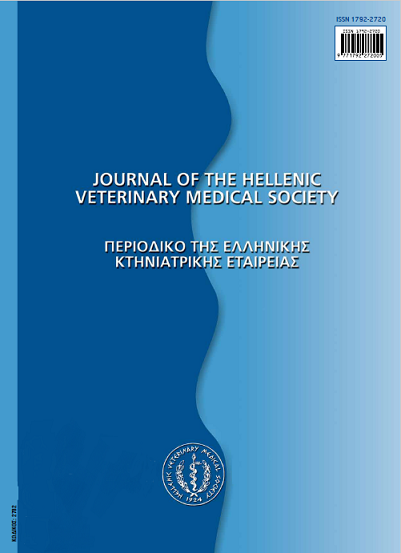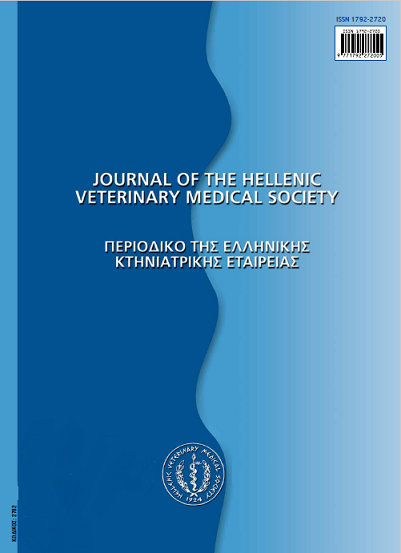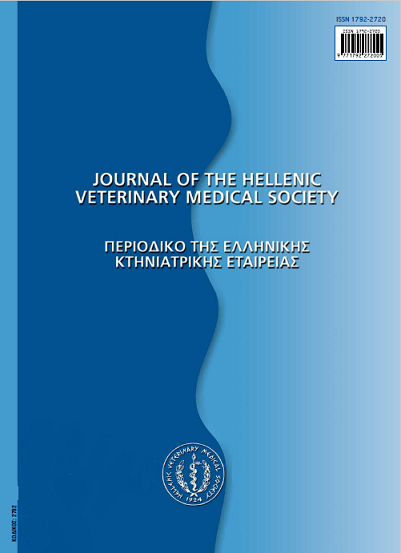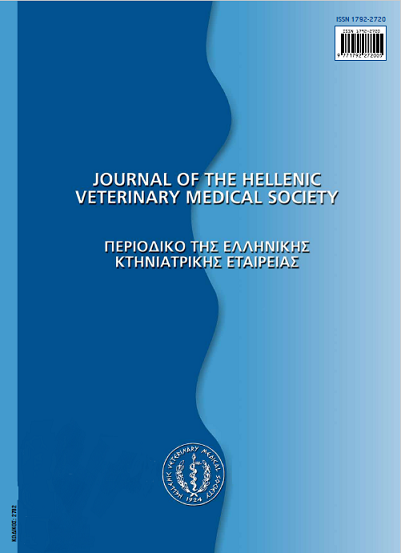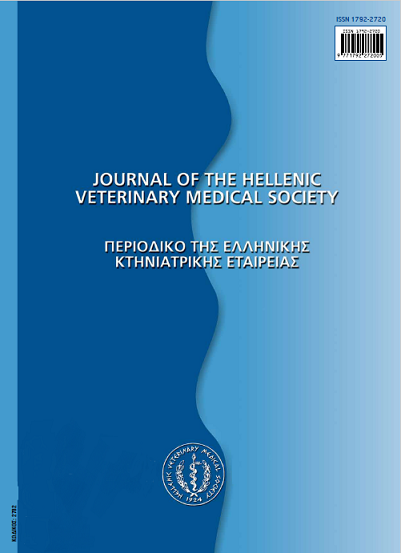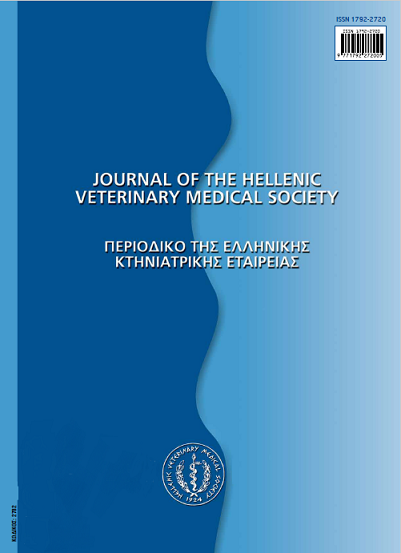Animal welfare issues on the use of rabbits in an animal assisted therapy program for children
Аннотация
Animal Assisted Therapy (AAT) is a method of complementary treatment in the rehabilitation of many human illnesses and conditions. Although the dog is the most widely used therapy animal that is used in AAT program, the rabbit can also be used as an alternate animal species and complementary therapy for many diseases. It is an intelligent, human friendly and playful small animal, easily socialized and transported. Also, the rabbit has very good communication through its body language. A special bond, also, exists between children and rabbits, and in the animal world of children, the rabbit is a very popular animal mainly through children's literature. As a result, rabbits elicit positive feelings in children and enhance their imagination. Based on previousexperience from an AAT program with rabbits in a children's hospital, the rabbit can be easily accepted by children with emotional or physical problems. In order for an AAT program with a rabbit to be a success, it is very important to guarantee good health and normal behaviour of the rabbit, as well as its proper welfare. The contribution and participation of a veterinarian during the design and the implementation of the program are, also, very important for assuring the success of an AAT program with rabbits.
Article Details
- Как цитировать
-
LOUKAKI (Κ. ΛΟΥΚΑΚΗ) K., KOUKOUTSAKIS (Π. ΚΟΥΚΟΥΤΣΑΚΗΣ) P., & KOSTOMITSOPOULOS (Ν. ΚΩΣΤΟΜΗΤΣΟΠΟΥΛΟΣ) N. (2017). Animal welfare issues on the use of rabbits in an animal assisted therapy program for children. Journal of the Hellenic Veterinary Medical Society, 61(3), 220–225. https://doi.org/10.12681/jhvms.14889
- Выпуск
- Том 61 № 3 (2010)
- Раздел
- Special Article
Authors who publish with this journal agree to the following terms:
· Authors retain copyright and grant the journal right of first publication with the work simultaneously licensed under a Creative Commons Attribution Non-Commercial License that allows others to share the work with an acknowledgement of the work's authorship and initial publication in this journal.
· Authors are able to enter into separate, additional contractual arrangements for the non-exclusive distribution of the journal's published version of the work (e.g. post it to an institutional repository or publish it in a book), with an acknowledgement of its initial publication in this journal.
· Authors are permitted and encouraged to post their work online (preferably in institutional repositories or on their website) prior to and during the submission process, as it can lead to productive exchanges, as well as earlier and greater citation of published work.

